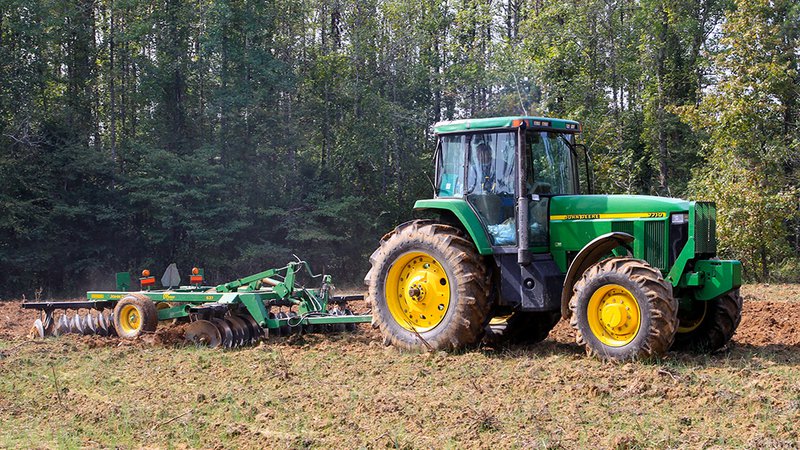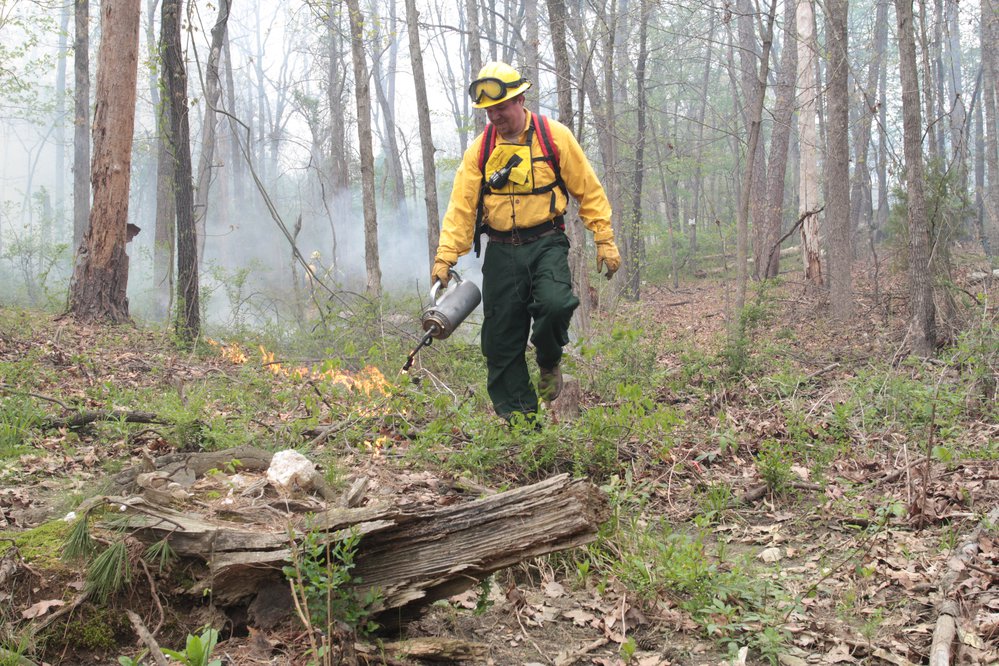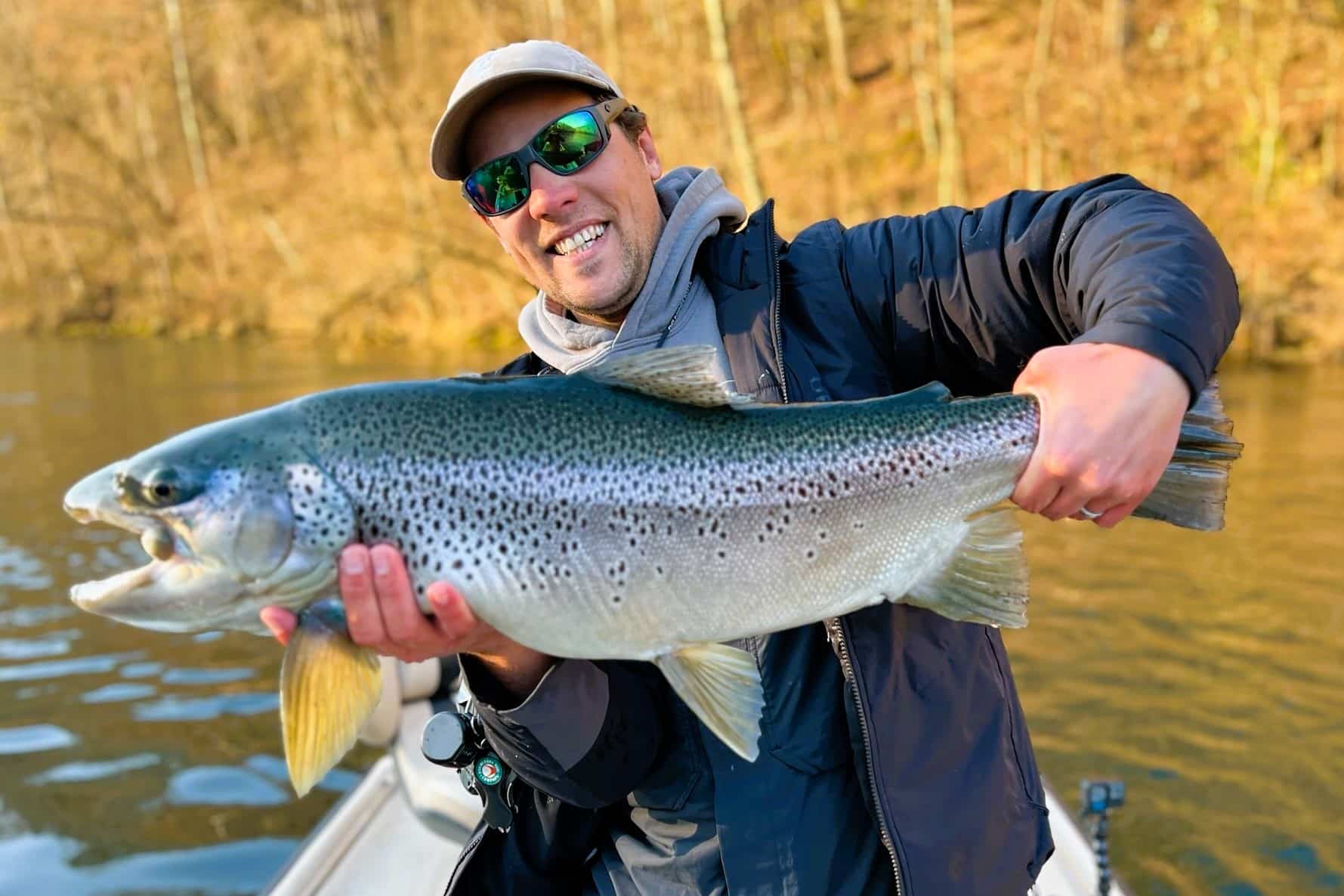Acres for Wildlife sees revamp for golden anniversary
ON 05-17-2023

May 17, 2023
Randy Zellers
Assistant Chief of Communications
LITTLE ROCK — Landowners in Arkansas wishing to improve their private land for wildlife can apply for up to $15,000 in cost-share incentives through the Arkansas Game and Fish Commission’s newly revamped Acres for Wildlife program, offered through the agency’s Private Lands Habitat Division from now until July 1.
The AGFC’s contingent of private lands biologists have always offered free technical advice to landowners and helped them secure funding to accomplish some of the work needed to improve their land through sources such as the Farm Bill.
Through the freshly invigorated program and a partnership with Greenway Equipment these biologists now can put more money to work for private landowners who wish to engage in activities such as prescribed burning and herbicide treatments to eradicate invasive species and promote native plants, and thin closed-canopy forests to allow more sunlight to hit the ground and promote vegetation that offers year-round forage for wildlife.
Acres for Wildlife began in 1973 as a cooperative partnership between the Arkansas Game and Fish Commission and the University of Arkansas Cooperative Extension Service. Participating landowners would receive plants or seeds to create wildlife-friendly plantings on their properties. Beginning with only 60 participants, the program swelled to as many as 5,000 landowners receiving seed mixes and plants by 1993. The program changed from the more commercial food plot mixes to native plants in 2011 to offer more benefits to wildlife, especially ground-nesting birds such as northern bobwhites and wild turkeys.
Garrick Dugger, chief of the AGFC’s Private Lands Habitat Division, is excited about helping breathe new life into this once popular program.
“From 2013 until 2019, the AGFC offered some cost-share opportunities to do habitat work beyond planting of grasses, but these opportunities were suspended in 2019,” Dugger said. “This program was ahead of its time in promoting wildlife habitat on private land. To be able to not only bring back cost-share opportunities, but to elevate it to a new standard, is really exciting.”

The program is one of many recent changes as a result of the AGFC’s new strategic plan, The Natural State Tomorrow, which Director Austin Booth unveiled in 2022. Booth’s approach to what he’s coined “common man, common woman conservation” brings renewed attention to the contributions and responsibilities of all Arkansans in the fight to conserve the state’s native habitats and the wildlife that thrive upon them.
“The AGFC and other public agencies only manage 10 percent of the land of Arkansas,” Booth said. “Even if we accomplish absolute perfection on the land we control, that still leaves 90 percent of Arkansas that’s out of our hands. Private landowners aren’t just our partners in conservation, they’re the key to any success we hope to achieve in management on a landscape level.”
Visit www.agfc.com/AFW to learn more about Acres for Wildlife and apply for cost-share opportunities to increase wildlife habitat value on your property.
Visit www.agfc.com/habitat to learn more about the AGFC’s Private Lands Habitat Division.
Recent News

Arkansas Wildlife Weekly Fishing Report
Apr. 25, 2024
Subscribe to Our Weekly Newsletter E-mails
Don’t miss another issue. Sign up now to receive the AGFC Wildlife Weekly Newsletter in your mailbox every Wednesday afternoon (Waterfowl Reports are published weekly during waterfowl season and periodically outside the season). Fishing Reports arrive on Thursdays. Fill in the following fields and hit submit. Thanks, and welcome!


